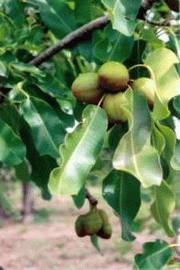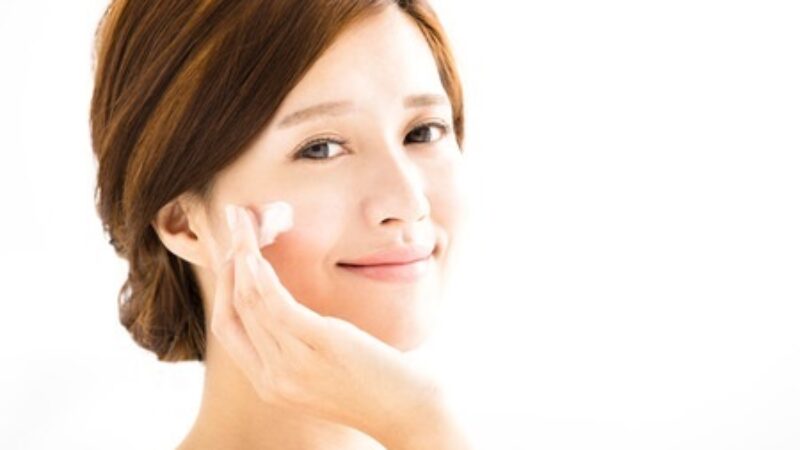Shea butter: even the words sound soft and soothing. Shea butter has a long history in Africa where it is used as a cooking oil, for hairdressing and skin products, and even as a waterproofing wax. We are familiar with shea butter as a widely-used ingredient in cosmetics and skin care products where it is often listed as Butyrospermum parkii. It is prized for its naturally emollient properties, providing our skin with hydration but no greasy film. It is quickly absorbed because its melting point matches that of our body temperature. Shea butter is a natural moisturizer that is well-tolerated by those with sensitive skin.
Beyond its ability to soften the skin, shea butter also contains vitamins A and E, both effective antioxidants in our battle against free radicals and premature aging. Shea butter’s essential fatty acids stimulate skin renewal while its anti-inflammatory properties come from cinnamic acid. You may not know it, but cinnamic acid also absorbs UVB rays between 290 to 320 nm, giving shea butter sun filtering ability. If these benefits were not enough, learning about the labour-intensive process that is required to produce shea butter will truly make you appreciate it.
Shea butter is sourced only in Africa from the shea tree, which takes 15 years to produce its first yield of fruit. At the center of the fruit is the shea nut, much like the stone of a peach. These nuts are collected and dried in the sun. The next step is cracking the nut and separating it from the outer shell, traditionally done by women and children in a social atmosphere. The shea nuts are then crushed, with a mortar and pestle, then roasted in huge pots over open fires. The pots require constant stirring so that the butter does not burn. At this point, only half the work is done.
The shea butter is left to cool before being ground by hand into a smooth paste with the addition of water. The paste is then kneaded to separate the oils from the water. Once the oils, in the form of curds, float to the top of the water, they are then skimmed off and reheated in order to remove any remaining water by evaporation. The resultant butter, creamy and smooth, is then cooled and formed into balls.
You’ll find the much-coveted shea butter in products as diverse as La Roche Posay’s Lipikar Body Balm, Lomelin Skin Brightening Cream, and Keys Eye Butter Cream.



